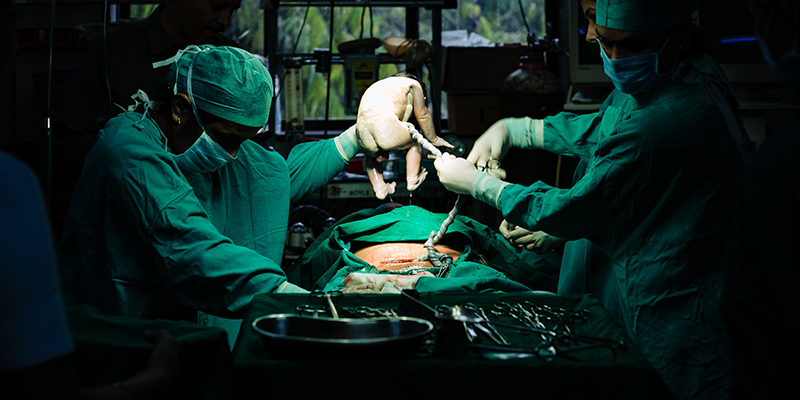Normal delivery after cesarean is a once-in-a-lifetime opportunity for many women who prefer speedy recovery. When you are pregnant for the second time, you may have countless questions, including those regarding the method of delivery. If you’re expecting a second child and the first one was born by cesarean, you might be thinking is there a way to have normal delivery this time?
You can probably have a vaginal birth after a cesarean which is medically termed VBAC(Vaginal birth after cesarean). For most women, normal delivery is a possibility now even though they gave birth through a cesarean in their first pregnancy.
WHO ARE ELIGIBLE FOR VBAC?
Normal delivery is the primary choice for many women. Even though you followed a healthy diet in pregnancy and did everything you could, a last-minute condition may require you to deliver via cesarean. When there is a possibility for normal delivery after cesarean, then most women would prefer it. But if the mothers who wish for VBAC satisfy certain criteria, they can expect a favourable outcome. These criteria include
*If there are no complications in your first pregnancy and indication for which the first cesarean was done? whether it is a nonrecurring indication like breech, fetal distress, etc ,then VBAC is possible for you
*How smooth was the recovery rate and if any infection in the postoperative period in your first pregnancy acts as a determining factor here.
*If your second pregnancy is straightforward without any complications like blood pressure, sugar, or twin babies, then you have a chance for VBAC.
You need to consult an obstetrician (maternity doctor) who practices high-risk obstetrics. Inform them about your interest in VBAC. She will assess your health status and tell you whether you are eligible for VBAC.
BENEFITS FOR VBAC:
Normal delivery has always a lot of advantages over cesarean. The reasons for choosing VBAC are as follows:
*You can have a shorter recovery time
*Your stay time in the hospital will be low compared to a cesarean.
*You can have a low risk of infection and less pain
*Future complications like pain due to bowel adhesions and the hernia can be avoided
RISKS AND SUCCESS OF UNDERGOING VBAC:
If you are an ideal candidate for VBAC, your chances of success range from 60% to 80%. Women undergoing VBAC have two major risks.
*Risk of emergency cesarean – A few complications during the VBAC process like the baby having breathing problems, labor progressing problems, and the previous scar weakening may result you landing in an emergency cesarean section
*Scar rupture- Even if a woman has a low transverse C-section scar, there is a very small possibility that she would experience uterus rupture during a VBAC attempt. Overall, the risk of scar rupture in a planned VBAC process is 0.5% (1 in 200). There is a 2 to 3-fold risk in induced labour when compared to 1.5- fold in spontaneous labour pain. The success rate for VBAC through spontaneous labour pain is high compared to induced labour pain.
TO CONCLUDE:
“Once a scar always a scar”, just a myth! .If you want o try for a normal vaginal delivery after a cesarean section, consult a well-experienced obstetrician and proceed with the VBAC process provided you are an eligible candidate. Many women still hope for a normal delivery since they want to recover quickly; as a result, VBAC is a fantastic chance for them.








